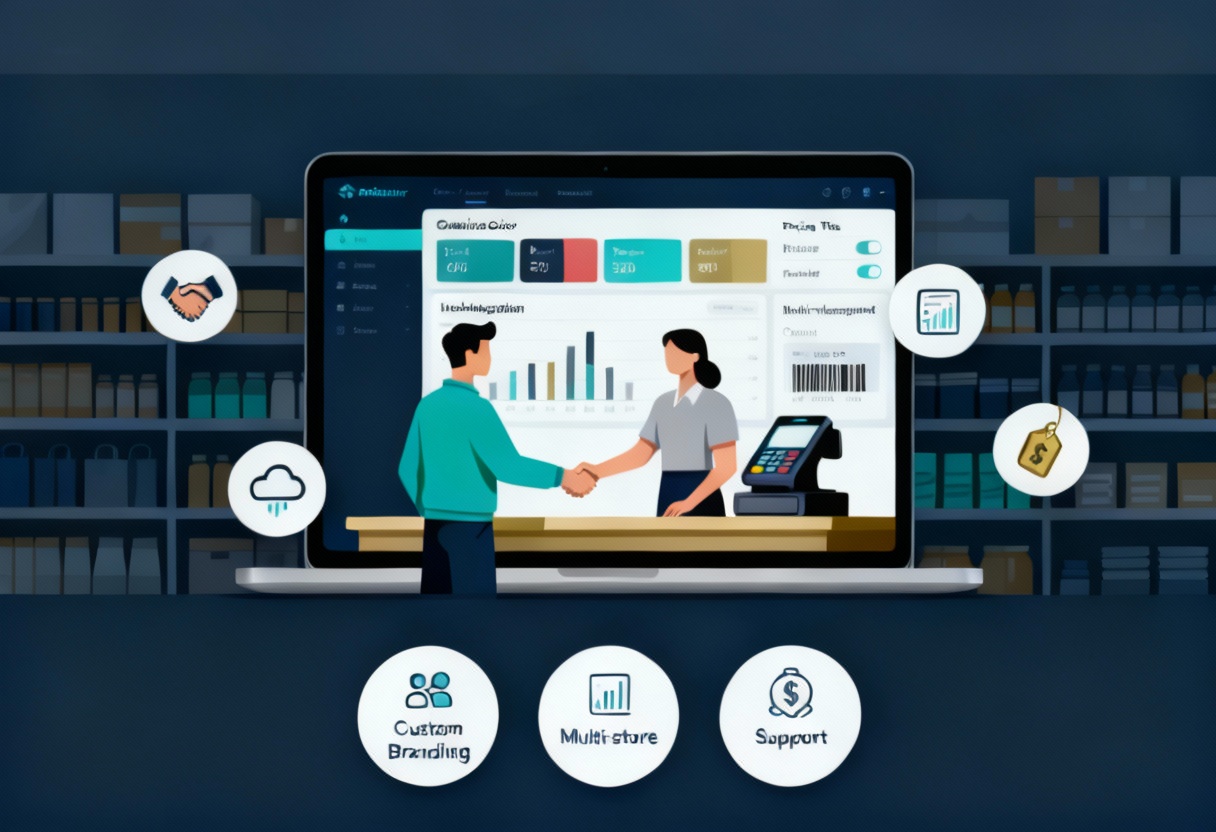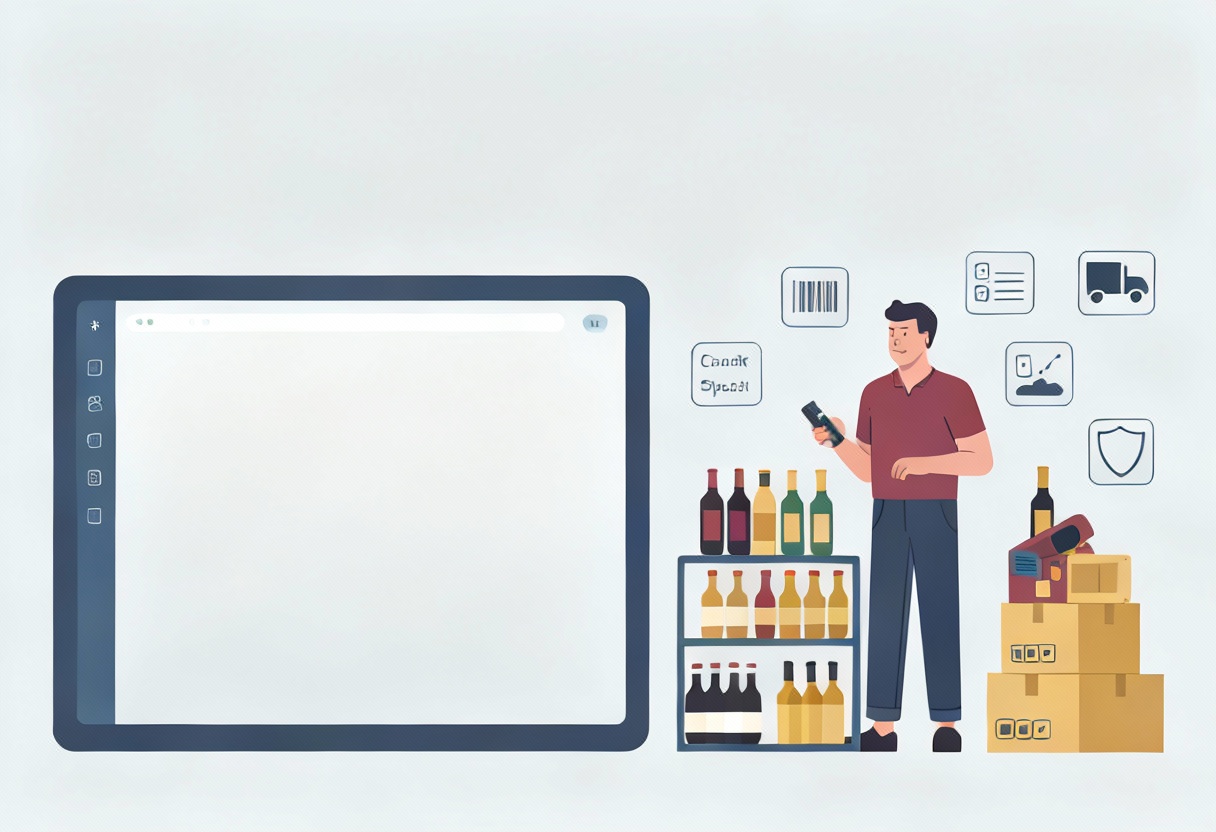What Does “Tender” Mean in a POS System?
In a POS system, “tender” refers to the method of payment a customer uses to complete a transaction.
It could be anything from cash and credit cards to mobile wallets, gift cards, or store credit. The act of tendering a sale means selecting the appropriate payment method(s) and entering the amount received.
How It Works During Checkout
At the register, once a customer is ready to pay, the staff selects a tender type in the POS. The system then records how the payment was made. This could be a single form of payment or a combination of multiple methods, what’s known as a split tender.
For example, if a customer owes $60 and decides to pay $30 in cash and $30 on a credit card, the POS records both amounts separately under their respective payment types. This keeps the transaction accurate and easy to reconcile later.
Retailers can also customize which tender types are available in the POS. Some may accept only digital payments, while others might include checks, store credit, or financing options. Platforms like Shopify POS, Clover, and Lightspeed let businesses create custom tenders for unique use cases like loyalty payouts or third-party gift cards.
Where Tender Types Fit Into Store Operations
Tender handling affects more than just the register. It influences end-of-day balancing, sales reporting, and customer service. When each payment method is tracked properly, managers can compare payment trends, review drawer totals, and reduce cash-related discrepancies.
In stores that deal with high transaction volumes or multiple locations, having a structured tender system improves consistency across the team. It also shortens checkout time by making payment options easy to access and apply.
Why Tender Types Matter
Recording the right payment method improves both accuracy and accountability. It helps staff close registers without confusion, lets owners track how customers prefer to pay, and makes financial reporting more transparent. For the customer, it means more flexibility at checkout, whether they’re using a digital wallet, splitting payment between two cards, or redeeming a gift card.
What to Consider When Setting Up Tenders
- Review which payment types your customers use most often
- Keep the tender list simple but complete, only include what you actively accept
- Make sure staff are trained on split payments and refunds by tender
- Use tender reports to monitor shifts in payment preferences over time
Tendering is a routine part of every sale, but it plays a key role in how transactions are tracked and reported. With the right setup in your POS, tender types support smoother checkouts, improved reporting, and more valuable insights into how your business operates day-to-day.
« Back to Glossary Index

